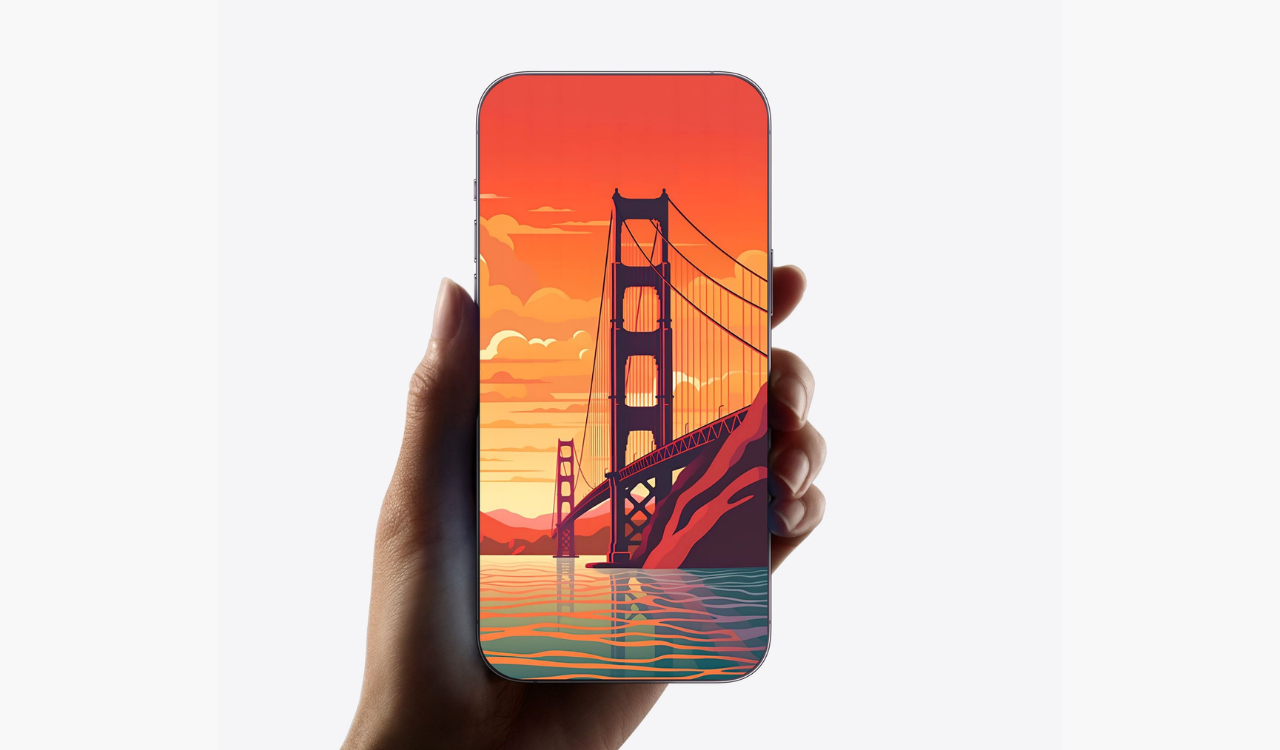According to the popular Twitter tipster Ice Universe, Apple is planning to create a design that eliminates the bezels on the front of the device. They want the screen to look like a smooth slab of glass with flat edges, avoiding curved displays like those used by the South Korean tech giant and Chinese phones due to image distortion and durability issues.
BREAKING! Apple is working on a 0-bezel iPhone! Looks like Cook is a fan of mine and he hates bezels as much as I do.
According to sources, Apple asked Samsung Display and LG Display to develop OLED screens without bezels at all, completely eliminating bezels and using UPC… pic.twitter.com/mP6QgOeoPw— ICE UNIVERSE (@UniverseIce) July 24, 2023
Truly bezel-less iPhone in development, Apple in talks with Samsung and LG for display
The iPhone maker is currently in talks with South Korean display suppliers, Samsung and LG Displays, to work on this new technology. Yes, you read this right, the main challenge is figuring out how to bend all the circuits in the screen’s bezel. They also need to address antenna interference and find a way to protect the screen from moisture and oxygen.
Another issue is creating an even thinner touch sensor technology. In the future, the iPhones might have an Under Panel Camera (UPC), similar to what Samsung uses in their Galaxy Z Fold devices.

In summary, Apple is working on an innovative design for future iPhones, aiming to eliminate bezels and create a seamless glass-like screen. They are collaborating with display suppliers to overcome various challenges, and if successful, we might see an advanced Under Panel Camera technology in these iPhones.
UPC refers to a technology that mounts a front camera module under the display, so that the camera lens hole is not visible when the camera function is not in use. UPC divides the inside of the space so that some support the display screen function and the other part supports the camera function by accepting external light, so the pixel density is low. Due to the low pixel density, UPCs often have a larger pixel size than the rest of the display area. Because of this, the boundary between the UPC and the rest of the display is easily noticeable.
Meanwhile, Apple denied using curved panels due to distortion and magnification effect on the curved edges.






















































